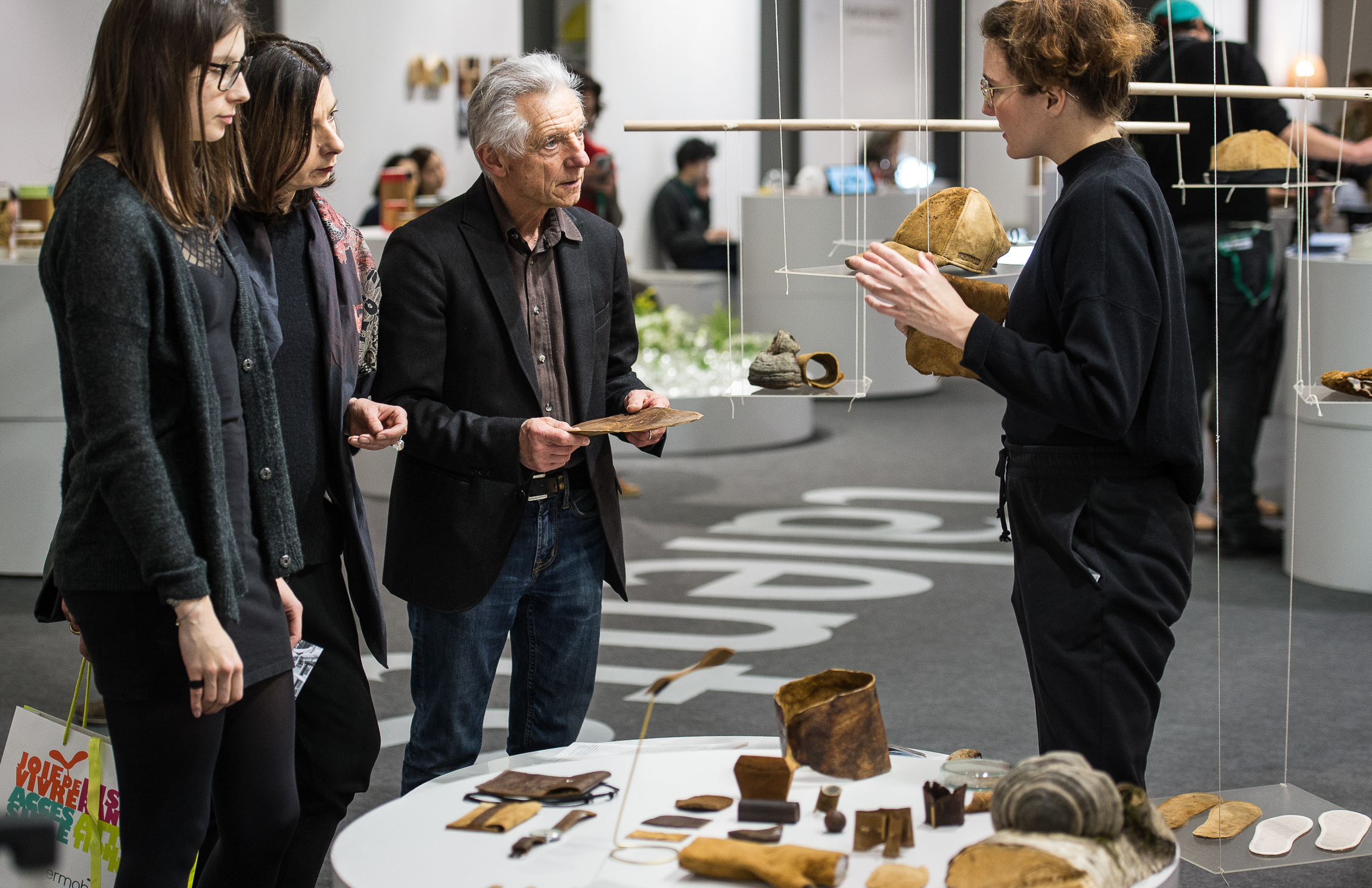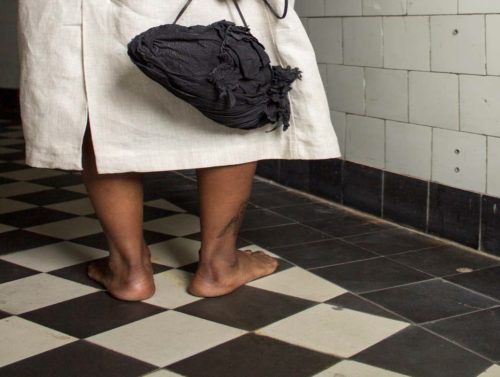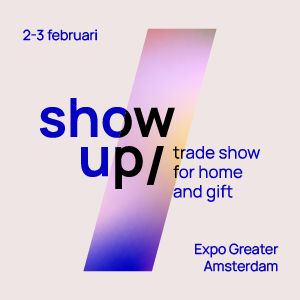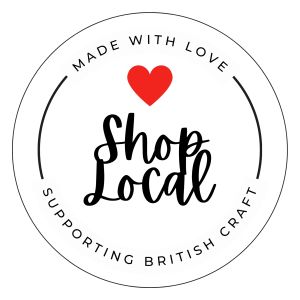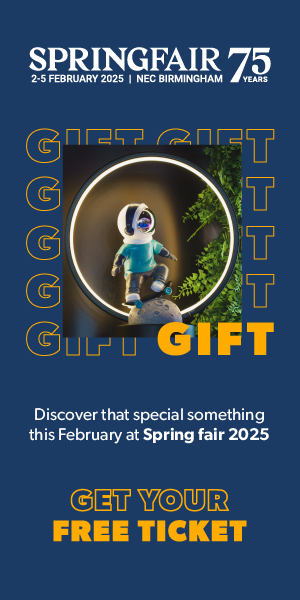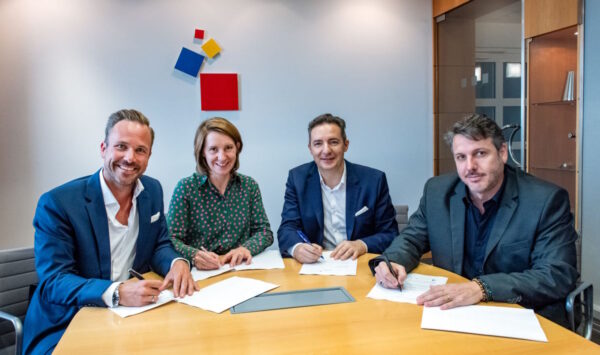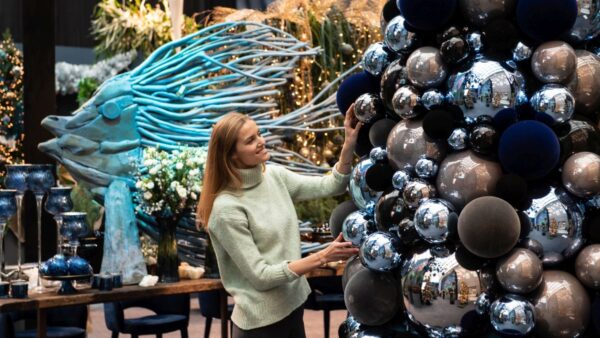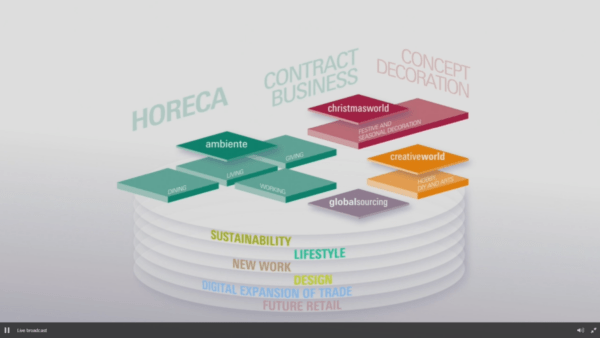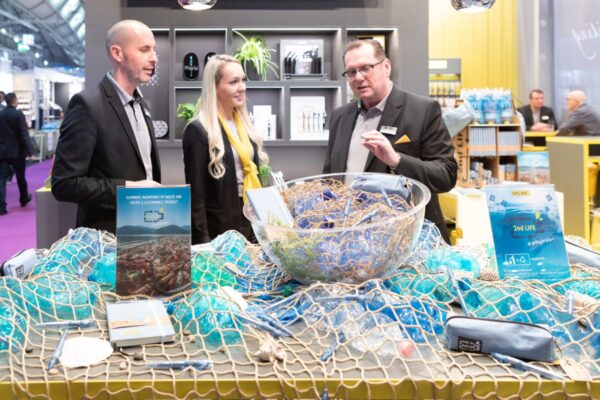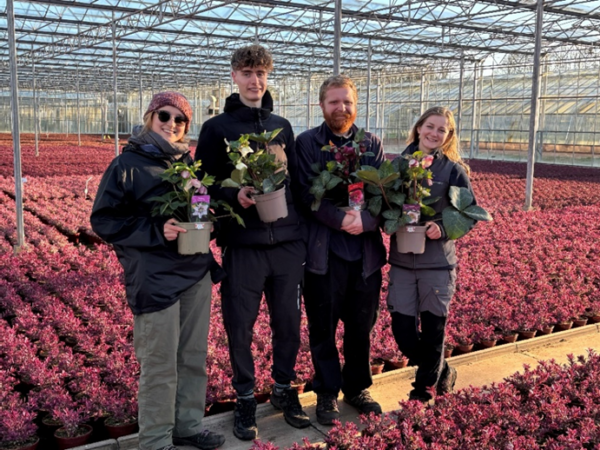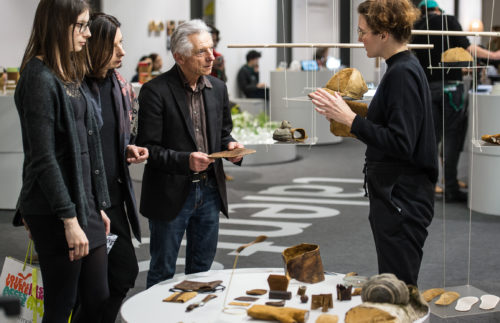 What drives the young avant-garde designer? What are their subjects? And what stimuli are the new talents setting for tomorrow’s consumer goods industry? Answers to these questions will be given by Talents at Ambiente in Frankfurt from 9 to 13 February.
What drives the young avant-garde designer? What are their subjects? And what stimuli are the new talents setting for tomorrow’s consumer goods industry? Answers to these questions will be given by Talents at Ambiente in Frankfurt from 9 to 13 February.
Many of the works focus on interesting material studies and craftsmanship as alternatives to conventional product worlds. “Globalisation, digitisation, individualisation – our industry is going through a period of radical change. Young designers are responding with creative solutions that reflect the spirit of the time. These inspiring approaches will therefore have a suitable platform in the Talents area,” says Nicolette Naumann, Vice President Ambiente.
The purpose of this promotional programme at Ambiente from 9 to 13 February is to support young designers in networking with industry and a professional audience. Selected participants can choose between three areas where 30 young designers, studios and university graduates from 17 countries will present their exciting and refreshing designs: The talent area Dining in Hall 4.0 will also be a forum on the subjects of cooking, good food and tableware.
The Loft area in Hall 11.0 will focus on contemporary room concepts, furniture and home accessories. The talent area Fashion Accessories in Hall 9.2 will be a new one in 2017, featuring individual forms of expression through jewellery and accessories.
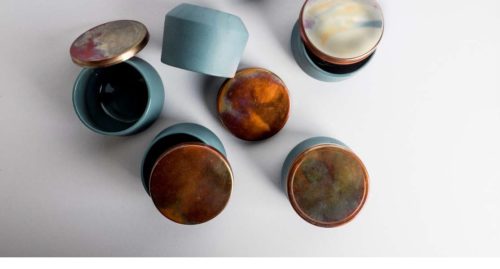
The Berlin product designer Anna Diekmann has devoted herself to the seemingly imperfect in the talent area Dining. Her elegant porcelain vases, bowls and vessels are based on extensive research and long periods of experimentation in authentic shapes, structures and uncommon textures. For the Danish glass artist G. William Bell, the driving force of his design is the process of constructing and deconstructing lines and shapes. His subtle, hand-crafted items capture the contrast between the flowing properties of glass and the sharp precision of this material, thus visualising the tension between the material itself and the finished result.
Matmatic chairs are a product line by Jonghlabel, a Dutch brand that takes the traditional product of rattan into the next generation. The designer Anne de Jongh has translated the characteristic hexagonal pattern of rattan into a computer algorithm which allows the development of endlessly new contemporary designs. The arches and all other parts of her seating furniture are traditionally handcrafted, making each item unique. Distinctiveness is also a key quality for the Finnish designer Antrei Hartikainen. His cupboards, shelves, seating furniture and home accessories illustrate the manifold practical and design aspects of wood as a natural material. His special emphasis is on contrasts between structure and finish, light and shade, lightness and weight.
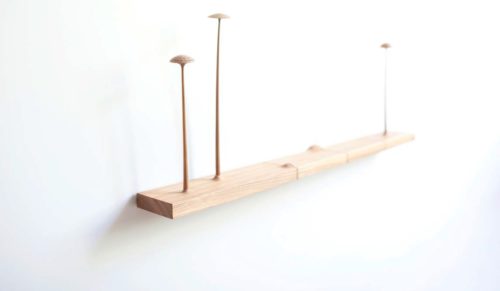
Billie van Katwijk will be showcasing an unusual material study in the talent area Fashion Accessories. With her Ventri handbags, the Dutch designer artistically presents the organic textures of cow stomachs. She has developed a complex process to make something usable out of material that is otherwise a waste product from the meat industry. The result is high-quality leather which Billie van Katwijk then uses to make her exquisite designer bags. A similarly, though less experimental contemporary approach can be seen in Caroline Denter’s work. The German goldsmith makes use of kitsch, with complex collages of extravagantly presented heirlooms, recycled materials and high-quality precious stones. The hidden charm of her jewellery collection lies in precisely that artificiality of which is kitsch is accused.


